I have been using end fed half wave antennas for the three years that I have been doing SOTA with satisfaction. I can count on 1 finger the only time I used a dipole. I just find it too annoying having to deal with the two legs of the dipole hanging with yet a third leg – the feedline, from the center point. The weight of the feedline can cause a mast to break at its weakest point. Stringing a dipole using a branch of a tree as a center support is also trickier.
With the end fed halfwave antennas (efhw), performance has been very repeatable, at least in my experience, with the true half wave end feds (not the shortened versions that uses coils to shorten the length of the antenna. After all the experience of activating close to 140 summits, I sought for a system that uses the bands I use to activate for SOTA, 60m for short range chasers trying to get completes, 30m and 40m for the intermediate range chasers, and 20m for the long-range chasers (coast to coast or transatlantic).
I could not find a single supplier that provides all these bands in one package and be resonant in all these bands without using a tuner. Not finding one, I made my own system which is as follows:
- A base antenna which is an end fed half wave on 40m
- A link that can be disconnected at the 30m halfwave point which makes it a half wave on 30m
- An extension which lengthens the antenna to make it a half wave on 60m
The base antenna is resonant on 40m, 20m, 15m, 10m, and 6m. Of these 5, I use 40m and 20m for SOTA.
The overall length of the antenna is about 76 feet or so – 10 feet longer than the 40m halfwave. The extension for 60m is made shorter by a 30 microHenry coil. For 60m it is very much acting like a low dipole with the apex at 20 feet. For 30m, it acs more like a sloper with the link near the apex. For 20m and 40m it is an inverted V, a half wave radiation pattern on 40m and two half waves on 20m.
The coil in the extension does not appear to hamper performance much. I was still able to do a 600 mile summit to summit QSO with WB2FUV who was in the Catskill Mountains in NY and I was in on the Appalachian Trail on the summit of High Rock W4T/SU-024.
Here is a picture of the entire antenna system which uses an integrated transformer and winder. The transformer box has a single FT140-43 ferrite core wound with 14 turns secondary and 2 turns primary for a turns ratio of 7. The impedance transformation goes as the square of the turns ratio – hence an impedance transformation of 49:1 from 2450 ohms to 50 ohms. The power handling capability is 60W SSB, 38W CW according to the paper written by K1RF. I have not had any issues running it at 80W chasing activators from my home but I only run it at 5W when activating. There is a lug for an optional minimum 1/20 wavelength (on the lowest band) counterpoise.
With extension for 60m I measured an impedance at the feedline of 39 ohms for an SWR of 1.2. The 2:1 SWR band width is >200 kHz and more than broad enough for the narrow allocation of channels used on 60m. This is shown by the image below:
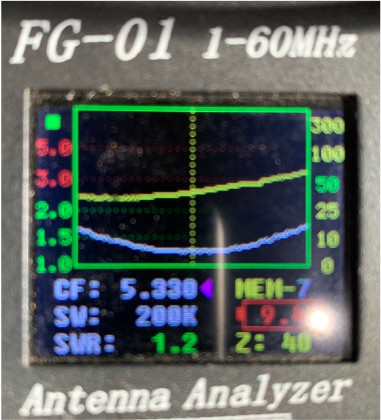
The usability on the other bands can be made without using a tuner. On 40m the bandwidth is quite broad with an SWR of 1.3 on the low end at 7000 kHz rising to about 1.7 on the upper end. I have constructed 30 of these and these values are reproducible. The worst I saw on 7.30 MHz was an SWR of 2:0
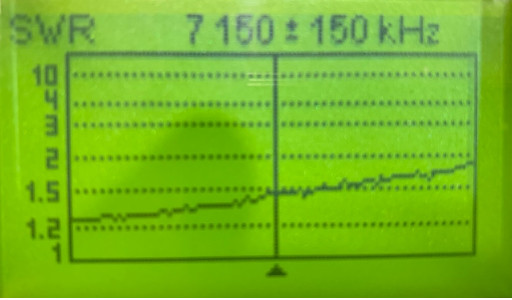
40m SWR Sweep
On 20m and 15m, it is very broad-banded with the 2:1 bandwidth in excess of 350 kHz on 20m and greater than 500 kHz on 15m.
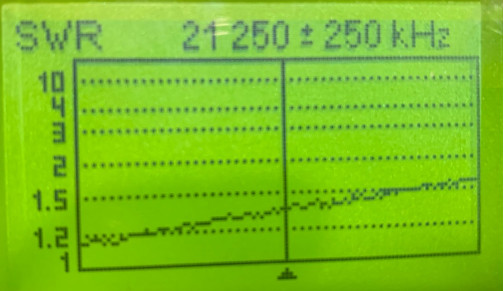
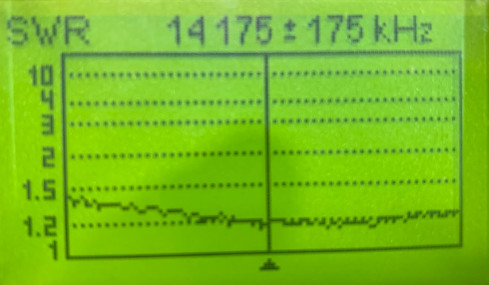
The other highly used band is 30m which if tuned properly is literally flat across the tiny 50 Hz allocation of the 30m band. 10m has an acceptable SWR between 28 and 29 MHz and usually rises to about 2.3:1 to 2.7:1 SWR above 29 MHz.
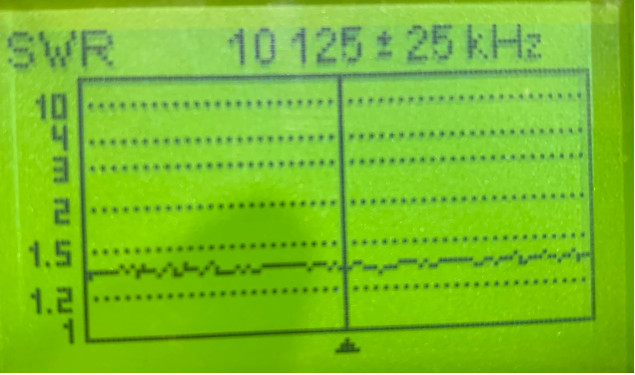
In one neat and tiny package (less than 9.5 inches length) and less than ¾ of a pound – I have an antenna system that fulfills my needs for SOTA activation. I typically deploy as an inverted vee. Inside the box is the transformer with two 220 pF high voltage capacitors in series across the primary.
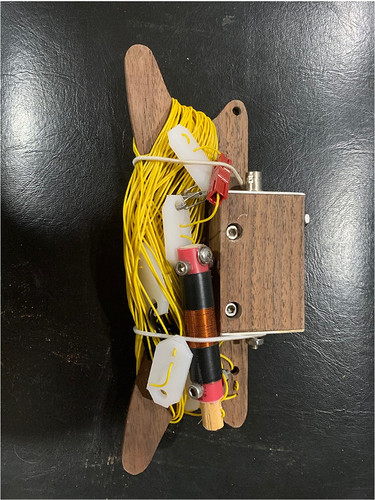
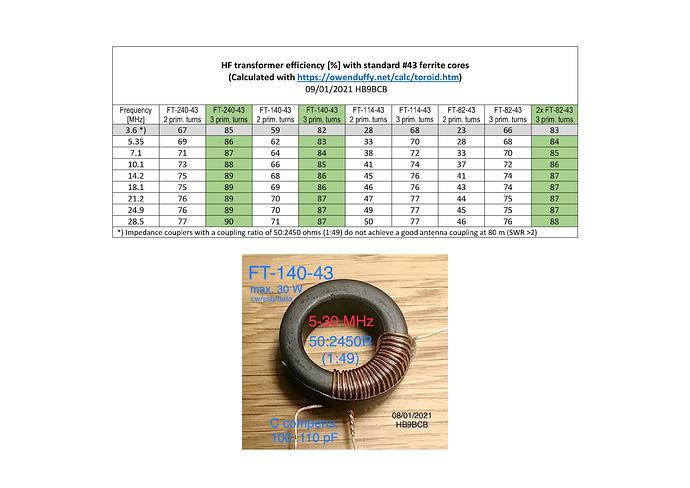
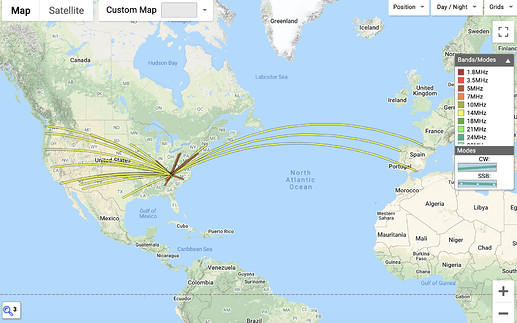
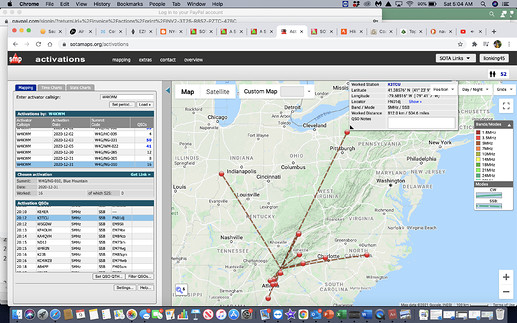
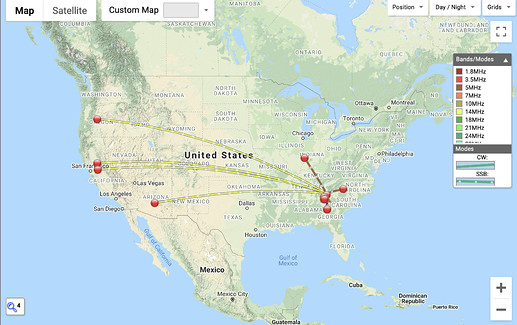
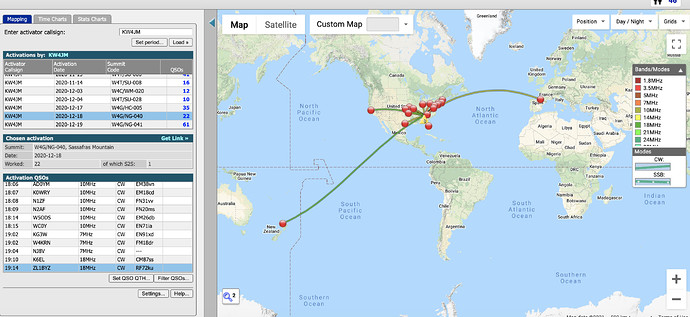
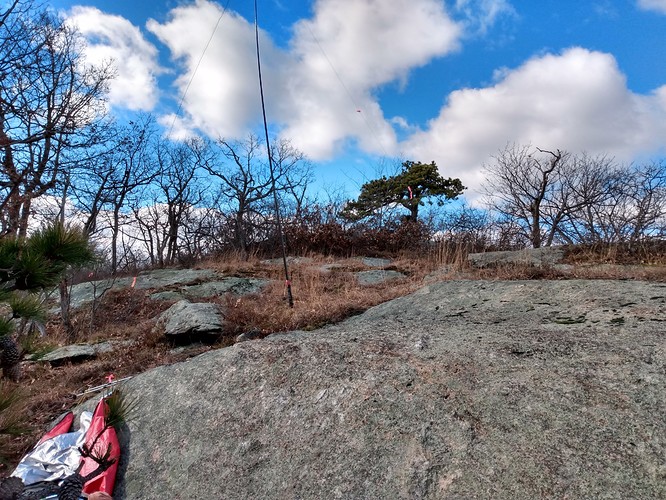
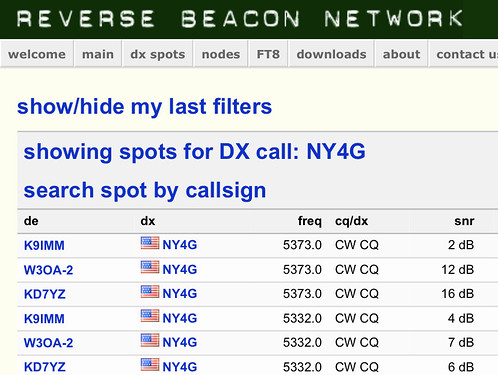
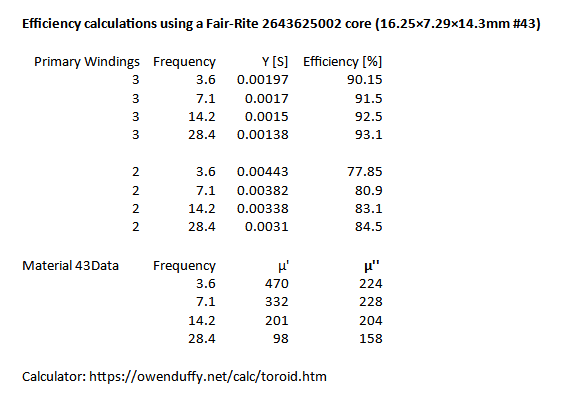
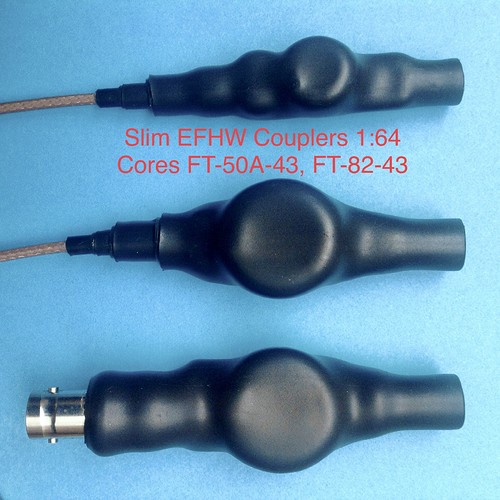
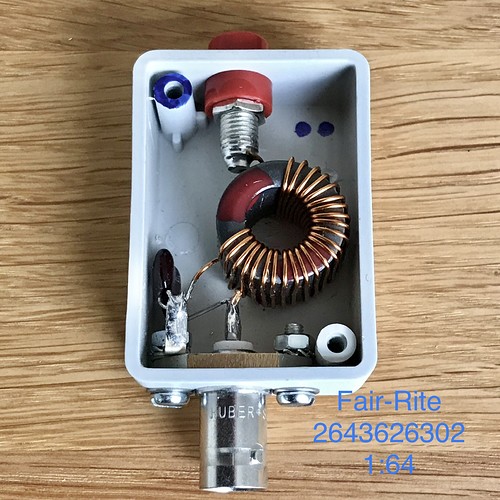
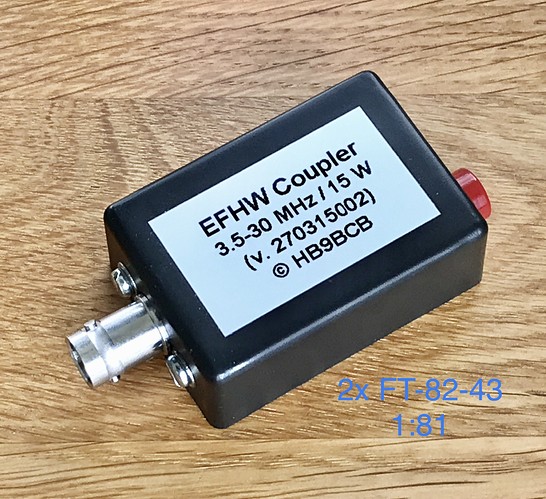
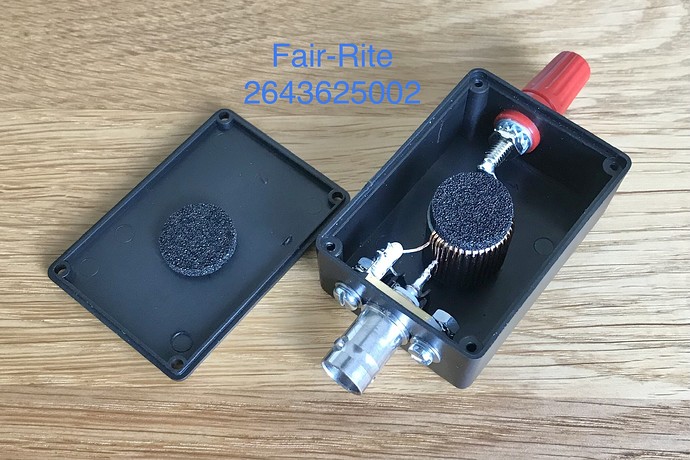
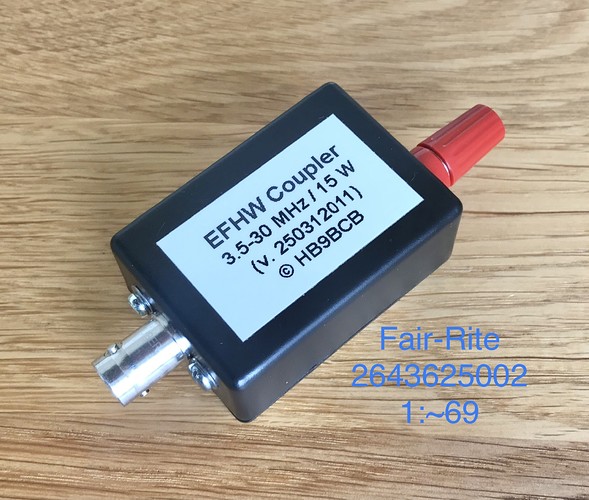
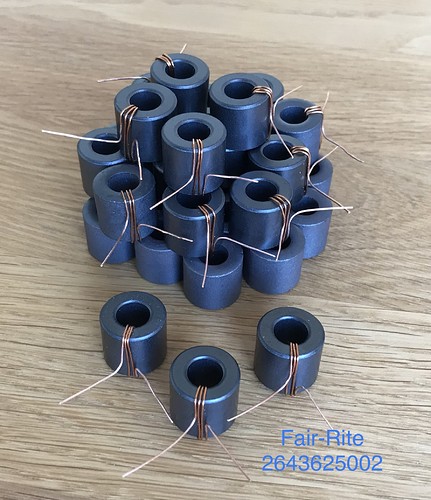
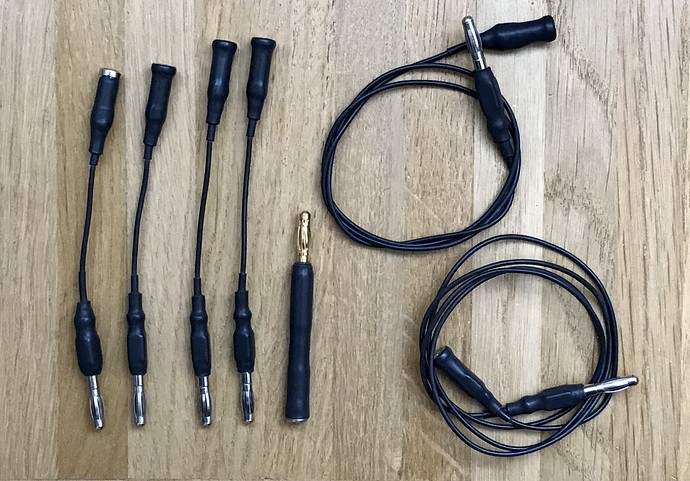
 .
.